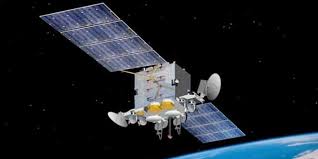By Muhammad Luqman
Pakistan successfully joined the club of nations engaged in space research with the launch of two satellites on a Long March-2C rocket from the Jiuquan Satellite Launch Center in northwest China.
“Pakistan launched the Remote Sensing Satellite-1 (PRSS-1) at 0857 hours (PST) by LM-2C/SMA launch vehicle from Jiuquan Satellite Center, China. The 1,200 kg satellite PRSS-1 will operate at an altitude of 640 km,” Foreign office spokesman Dr. Muhammad Faisal announced on Monday.
The PRSS-1 is China’s first optical remote sensing satellite sold to Pakistan and the 17th satellite developed by the China Academy of Space Technology (CAST) for an overseas buyer.
Another flagship satellite, Pakistan Technology Evaluation Satellite-1A (PakTES-1A) indigenously designed and developed by SUPARCO’s engineers, has also been co-launched with PRSS-1 by the same launch vehicle. PakTES-1A is a 285 kg satellite equipped with an optical payload commensurate with national needs. It has a design life of three years and will operate at an altitude of 610 km.
This is another space cooperation between China and Pakistan since the launch of PAKSAT-1R, a communication satellite, in August 2011.
The PRSS-1 will be used for land and resources surveying, monitoring of natural disasters, agriculture research, urban construction and providing remote sensing information for the Belt and Road region.
The President and Prime Minister of Pakistan have congratulated the nation on this historic event and appreciated SUPARCO’s scientists and engineers for their technical excellence and untiring efforts.
“The Prime Minister has assured the nation and SUPARCO of complete support for further advancement in space technology, so vital for socio-economic development and national security of Pakistan,” Foreign office statement added.
The successful implementation of PRSS-1 and PakTES-1A projects has further strengthened the space cooperation between Pakistan and China for future collaborations.















